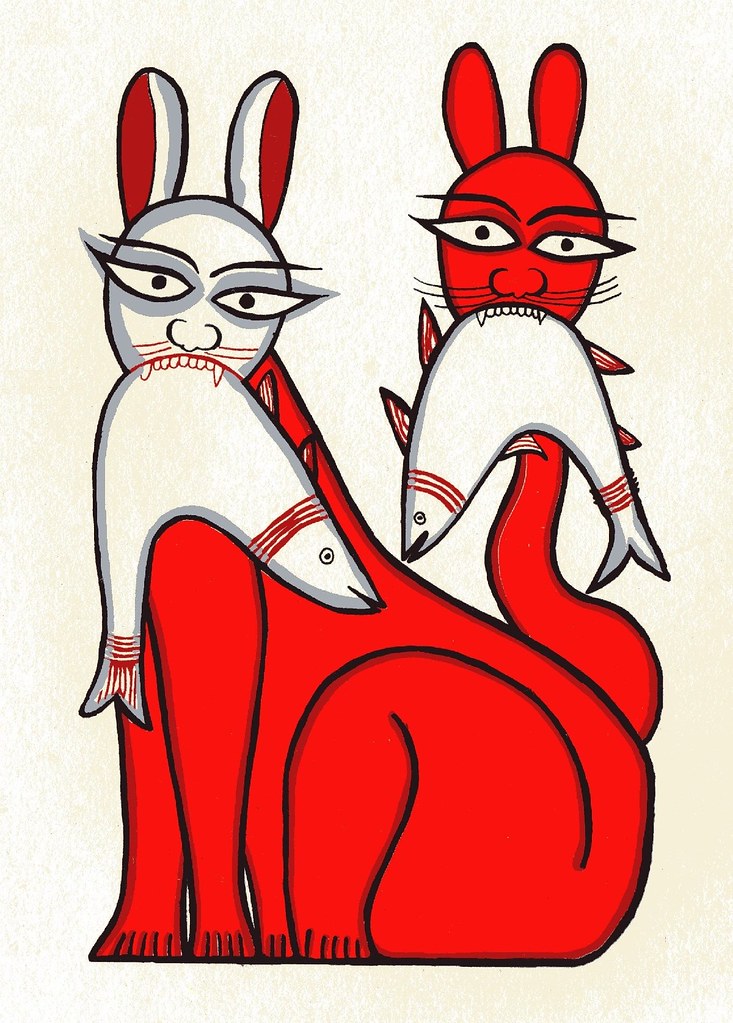 |
| Given to the greatest German-speaking actor... OF DOOM! |
Shocked, an onlooker snatched the Iffland Ring from the top of coffin, saving it from oblivion, returning it to the pages of history. "This ring belongs to a living actor," he said. "Not a dead one."
The Iffland Ring--a cameo ring boasting a charming portrait of A. W. Iffland, a Romantic Eighteenth Century dramatist and actor--has been given to the greatest German-speaking actor alive for at least a century. The ring was made in the Eighteenth Century at the behest of Iffland himself, who purportedly gave the ring to fellow-actor Ludwig Devrient. Although a great actor, Devrient drank himself beyond success and donated the ring to a mediocre Nephew after dying an early death. From there the ring falls into obscurity.
Until 1911, when Bassermann was given the Ring on the death of renowned actor Friedrich Haase. Haase wrote: "Take the ring dear sir Bassermann, wear it, you will forever remain worthy of this rare award. In time you will bestow the ring to that thespian who you consider the fittest, and fondly remember sometimes your old comrades." Bassermann dutifully named the talented actor Alexander Girardi as the Iffland Ring's next owner. (Girardi was a great actor. Among other honors, Girardi gave his name to a kind of roast beef and a hat.)
 |
| Girardi did not need an Oscar. This plate of meat is named after him. |
Bassermann was loathe to bequeath the Iffland Ring on anyone else, lest they curl up and die, too. Instead he gave it to the Austrian National Library in Vienna for safekeeping. And there the ring remained until Bassermann's death in 1952. Then Egon Hilbert, a theater director, tried to give the ring to an actor named Werner Krauss (on his 70th birthday, no less!) Krauss refused--whether out of modesty or prudence is unclear to this author.
Two years later, still anxious to continue the tradition of the Iffland Ring, a group of the best and brightest in German theater gathered together to decide the heir of the Iffland Ring. Votes were tallied. A winner was announced. Unanimously Krauss! All for Krauss! Even at seventy-two, they decided on Krauss. Krauss accepted. The ring--after some jostling--was found. Krauss wore it. He died five years later.
The history of the Ring is folded again and again on itself like an old ghost story. There is some suggestion that Iffland made more than ring--as many as seven rings given to friends and admirers. Stephen Zweig says that Alexander Moissi received the ring not from Bassermann, but from Joseph Kainz. (But then again, Zweig was writing in exile, without access to his papers, so he could very well be wrong.) Zweig also blames himself for Moissi's death, as Moissi was about to perform in one of Zweig's plays and something bad always seemed to happen to prominent actors who supported Zweig's theatrical efforts. Note, however, that current wearer of the Iffland Ring--Bruno Ganz (holder of the ring since 1996)--is alive and well at the time of writing.










